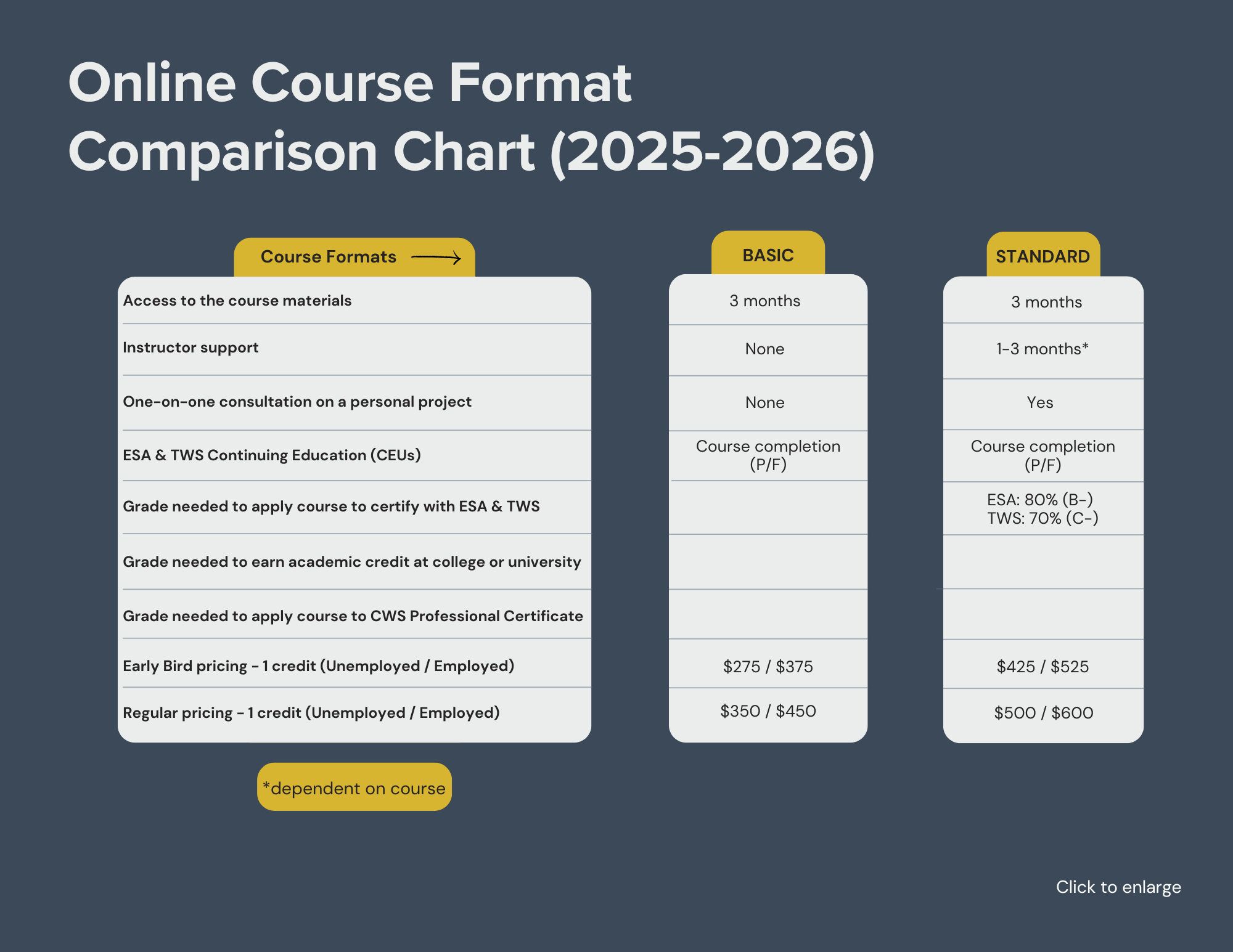-
Miradi is full-cycle project management software designed specifically for conservation practitioners, by conservation practitioners. In this hands-on course, learn how to develop and manage all of the content needed to guide implementation and adapt your conservation projects. Over the course of eight modules spanning four weeks, students will learn to build their project teams, develop situation models and theories of change, assess target viability and threats, develop work plans, and build monitoring plans to assess progress toward SMART goals and objectives. In addition to developing conservation project content in Miradi, students will learn best practices for maintaining high quality data in Miradi, best practices for collaborating with teams in Miradi, and tools for working with Miradi data in external systems such as Excel, Word and Power BI. Taught by experienced conservation professionals with fifteen years of experience using Miradi in real-world conservation efforts, students will come away from this course with the skills needed to manage all aspects of conservation planning and adaptive management in Miradi. Students will have the option to use their own real-world conservation project for the course, or the case study materials provided in the course.
This course includes a 6-month free trial of Miradi software and access to the full suite of advanced Miradi features typically only available with a team plan. The course will focus primarily on Miradi Share. Miradi Desktop software will be introduced in some modules as companion software to enhance the utility of the online application. -
Course materials available March 2 - May 24, 2026.
STANDARD format also includes:
Live (recorded) lectures (time TBA).
Early bird pricing (save $75) ends February 1.
-
● Recommended but not required: Experience with the Open Standards for the Practice of Conservation.
● Students can work with their own conservation project content or use one of the case studies provided by the instructor. If using their own conservation project, they should have the following information ready to use for the course:
o TBD
-
● Students will need to sign up for a free trial of Miradi software (60-day access).
-
Working directly in Miradi Share on your own project material or using a case study provided by the instructor, learn how to use Miradi software to develop, manage and report on your projects and programs:
Miradi Structure: Projects, Programs & Teams
Learn how the Miradi database is structured to help you manage your team’s project data. Create a Miradi project, define your project team, and learn how to check your project out to work offline if needed.Situation Assessments Part 1: Diagrams
Use diagrams to start creating content in your Miradi project: Create a Situation Model describing the ecological, social, and economic context within which your team is working.Situation Assessments Part 2: Target Viability & Threat Rating
Learn how diagram content can be accessed and edited in other ways: Assess your conservation targets’ health and rate the threats to your targets.Theories of Change Part 1: Strategies & Results Chain Diagrams
Use diagrams to document assumptions about how your strategies are intended to change the situation and deliver results.Theories of Change Part 2: Tracking Progress with MEL Content
Define the measures you will use to track progress along your theories of change: Goals, objectives, and indicatorsTheories of Change Part 3: Work Planning
Build work plans associated with your theories of change: Actions, timeframes and assignmentsTrack & Report on Progress in Miradi Share
Explore all of the different ways to report on progress in Miradi Share and summarize results for different audiencesReporting Out & Integrations
Learn how to get data out of Miradi Share into other commonly used systems, and import data using bulk import tools. (The final session will focus on the topics of most interest to the participants in the course)
COURSE OPTIONS & INFORMATION (Review chart above, then click below)
-
FORMAT:
● 3 months of access to course materials as you work at your own pace
● The BASIC format is unavailable in fall 2025
CONTINUING EDUCATION:
● 16 CEUs with The Wildlife Society (see Continuing Education Page for more details)
-
FORMAT
● Eight 60-minute virtual lab sessions led by the instructor, with optional hands-on help for additional 30 minutes. Sessions will be recorded and made available.
● Work individually or in teams
● Access to online course materials, including presentations, homework assignments, and case study materials
CONTINUING EDUCATION:
● 16 CEUs with The Wildlife Society (see Continuing Education Page for more details)
INSTRUCTOR
SCHOLARSHIPS
Full scholarships are available to participants from countries designated as “lower income” and “lower middle income” in the World Bank List of Economies. Please see our CWS World Scholars Program page for details.




